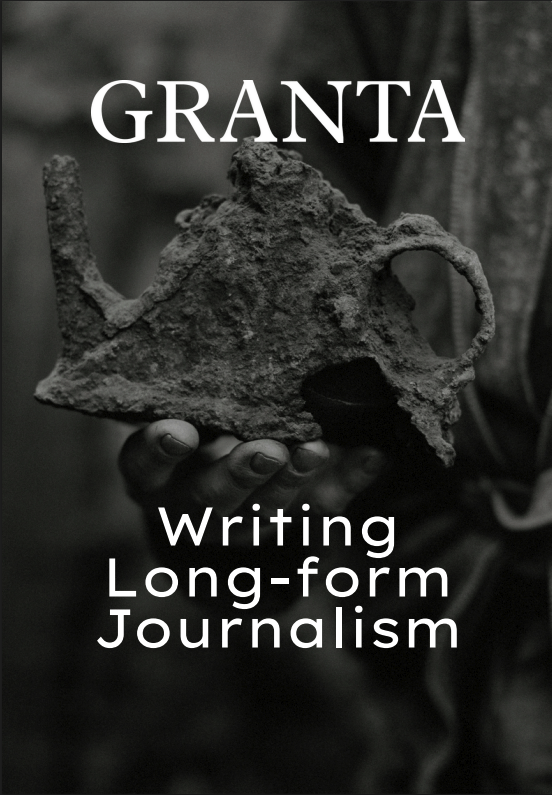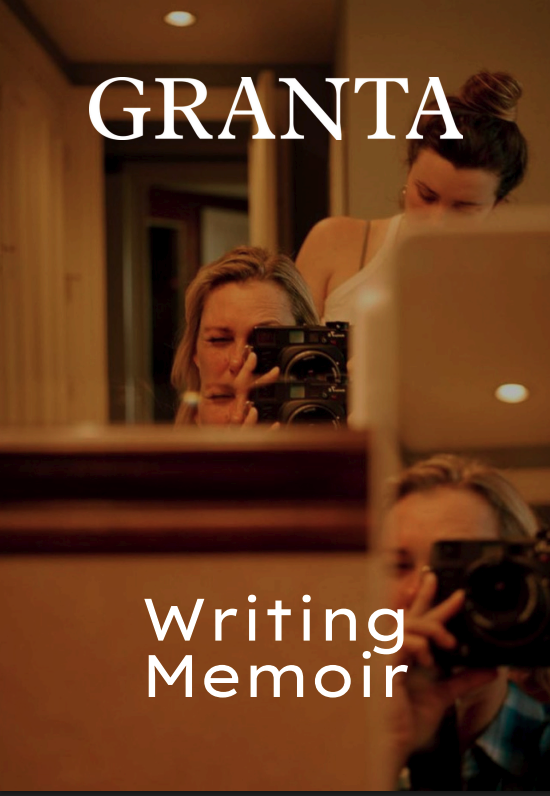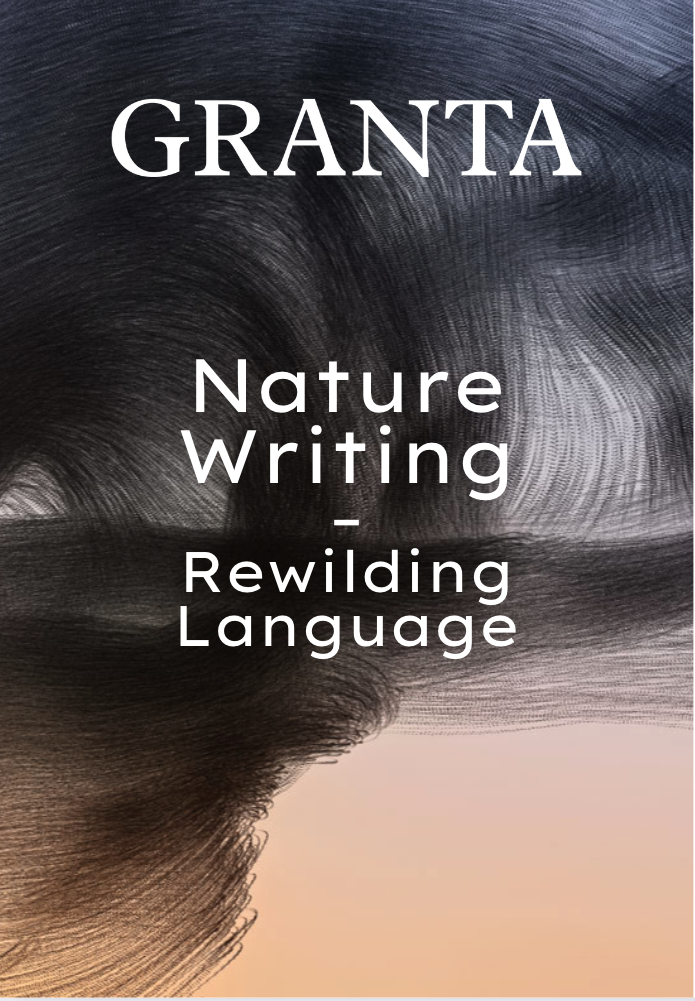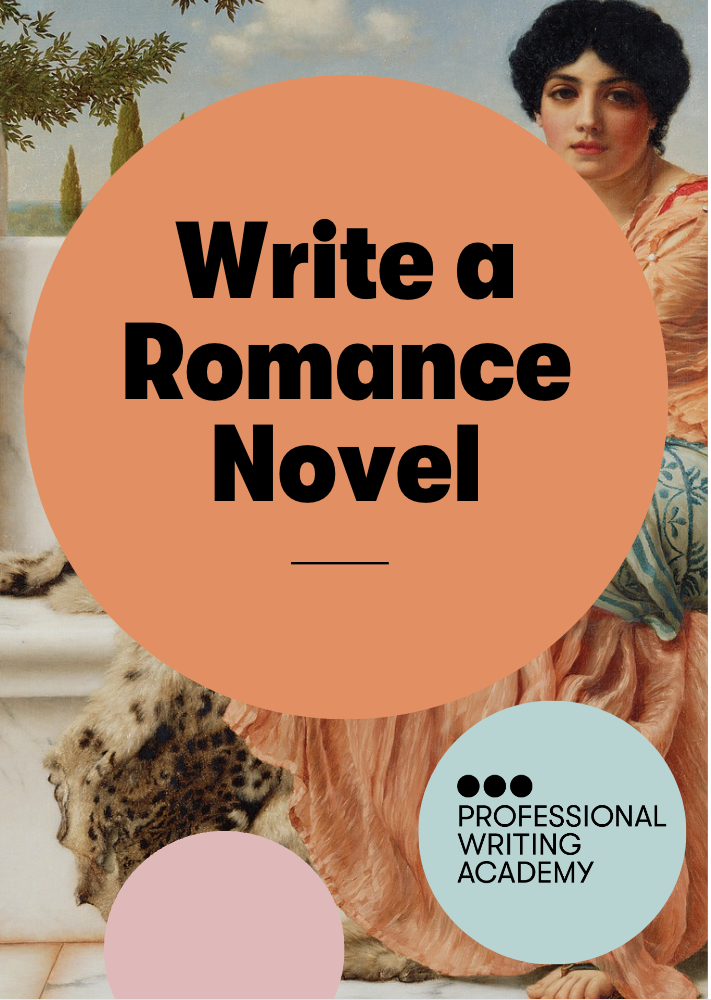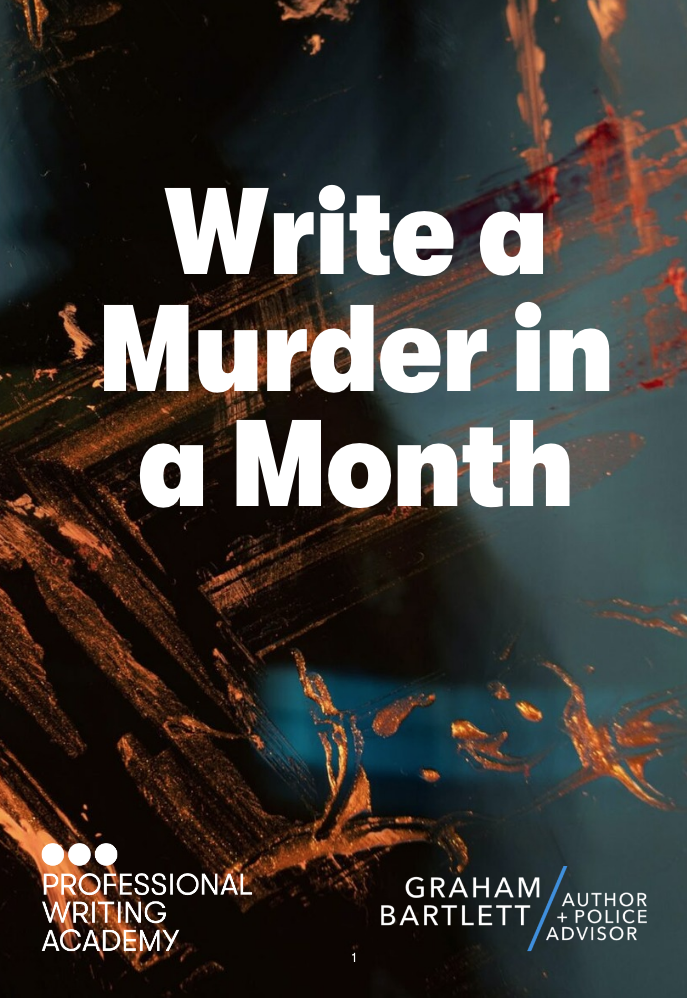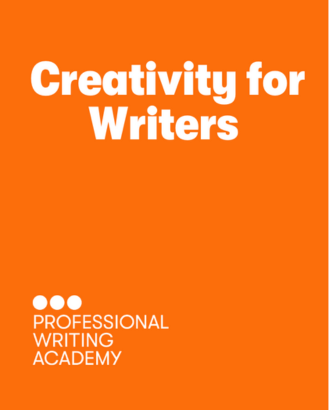Q – Hi Caroline, great to have you here. On the Story for Script online course we’ve covered how to build a story for one protagonist, but how does it work for more than one? Do you just follow the same process for each?
Caroline Young – Pleased to be here, and great question. There are two different ways of approaching this:
- On a gang show (e.g. ER, The West Wing, etc) you can occasionally (or regularly) have a single goal for the group so they function as one protagonist. On a hospital show this might be when there is a major accident or disaster, or when one of their own is brought in.
- The more usual approach is that your protagonist will shift from episode to episode, and within an episode you might have two or three stories woven together. Often they’ll imaginatively be called the A, B and C stories. The A story will probably take up half the episode. Each strand will have it’s own protagonist with their own arc across the episode.
If you look at The West Wing, for example, there are episodes where Jed Bartlet is clearly your protagonist (Two Cathedrals) and others where Josh Lyman is (Noel).
There are still others where director Aaron Sorkin juggles a variety of protagonists (In The Shadow of Two Gunmen — one of my all-time favourite episodes of television!).
It’s also worth adding that when you are juggling stories and protagonists you stagger them.
So, for example, your A story inciting incident might be on page 10, your B story inciting incident on page 15 and your C story inciting incident on page 20.
Career-wise, it can certainly help to develop a reputation for a particular genre rather than trying to be a jack of all trades.
– Caroline Young
Q – In a Casualty or Holby City type of show, I guess there are A, B and C stories too, often each with their own protagonist.
CY – That’s exactly right. If you watch any episode of Holby City, the A story will have it’s own regular protagonist and guest story that takes up roughly 30 scenes out of 60, the B story roughly 20 scenes, and the C story roughly 10.
Clearly, I know far too much about Holby City…
Just to be clear, the B and C stories will also have a regular protagonist and a guest story.
Q – As an editor, is it better to stick with a particular genre and really understand it, or work across various genres. Is there a ‘done thing’?
CY – Most script editors tend to stick to one genre – i.e., drama. Even though the line between comedy and drama is blurring a little with the increase of ‘dramady’, you still tend to find that editors stick to one genre.
Comedy editors quite often work with other comedy writers, and they all tend to stick together. I know of a couple of editors who move between the genres, but I would say they are the exception rather than the rule.
I think comedy in particular is a really tricky genre, and the demands are different to those of drama. I think that’s why they tend to use other comedians.
Within drama there is a huge spread – you’ve got thriller, relationship, real life, soap/continuing and more – and drama script editors tend to do them all.
I’d say that career-wise, it can certainly help to develop a reputation for a particular genre rather than trying to be a jack of all trades.
ITV and Sky have a style guide suggesting the perimeters of length for each act/part, so you need to mark them in the script from the very first treatment.
– Caroline Young
Q – As we’re moving onto acts in this week’s session, on terrestrial commercial TV would you say an act correlates to a part between two ad breaks? When writing drama for commercial TV, would you normally write an episode with or without ad breaks?
CY – Yes, I would say that in commercial television you absolutely write for the breaks. ITV and Sky have a style guide suggesting the perimeters of length for each act/part, so you need to mark them in the script from the very first treatment.
The rhythm of commercial television also means you need to make sure the channel knows that your act/part breaks are sufficiently hooky to bring the audience back.
There’s no such pressure for a BBC hour, although in my experience it can really help to still think in acts, especially to avoid the fatal lull around the 40-50 minute mark. A BBC hour is a long one!
Q – I think that it would really help me to think in parts – BBC or not. As an actor, I don’t really get to consider structure. We look at our character and their journey, but we have no control over anything other than our own performance. It’s fascinating to look at these building blocks of a story.
CY – That’s a good observation, although I also find it interesting to consider the question of want and motivation in helping to build a character and a performance.
I imagine it’s hard to play a scene in which a character has no tangible want, and similarly it is almost impossible to build a compelling script with an inactive protagonist.
Q – Caroline, thanks so much. You’ve given us a lot to think about!
CY – My pleasure! Good luck, and see you in the next session.


